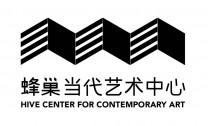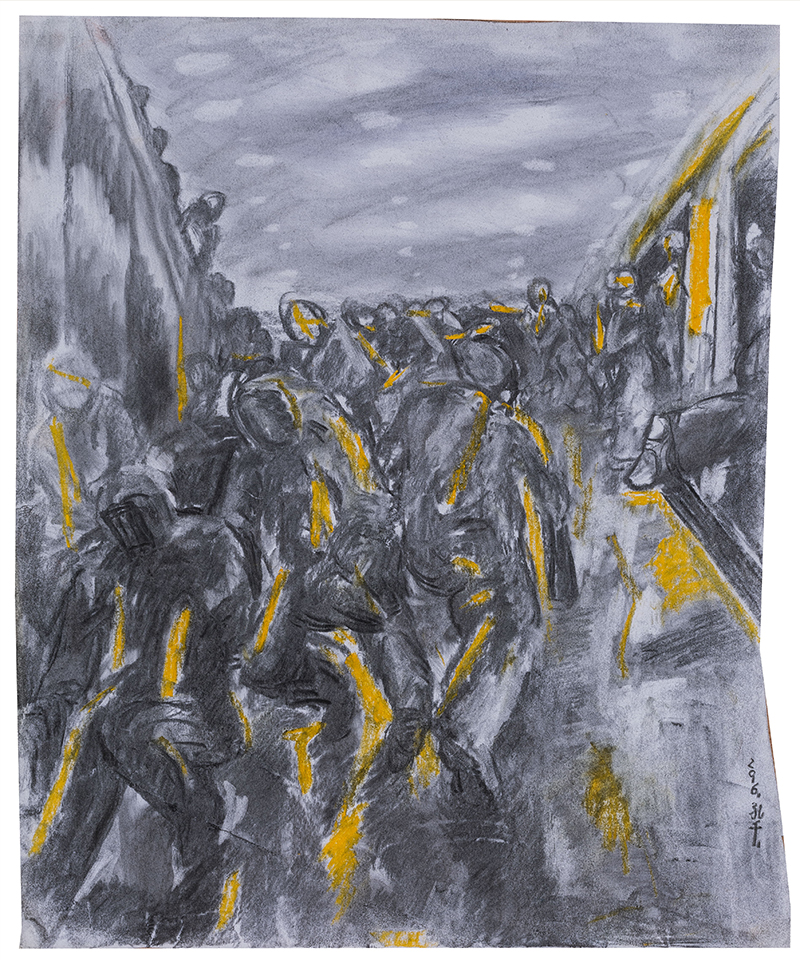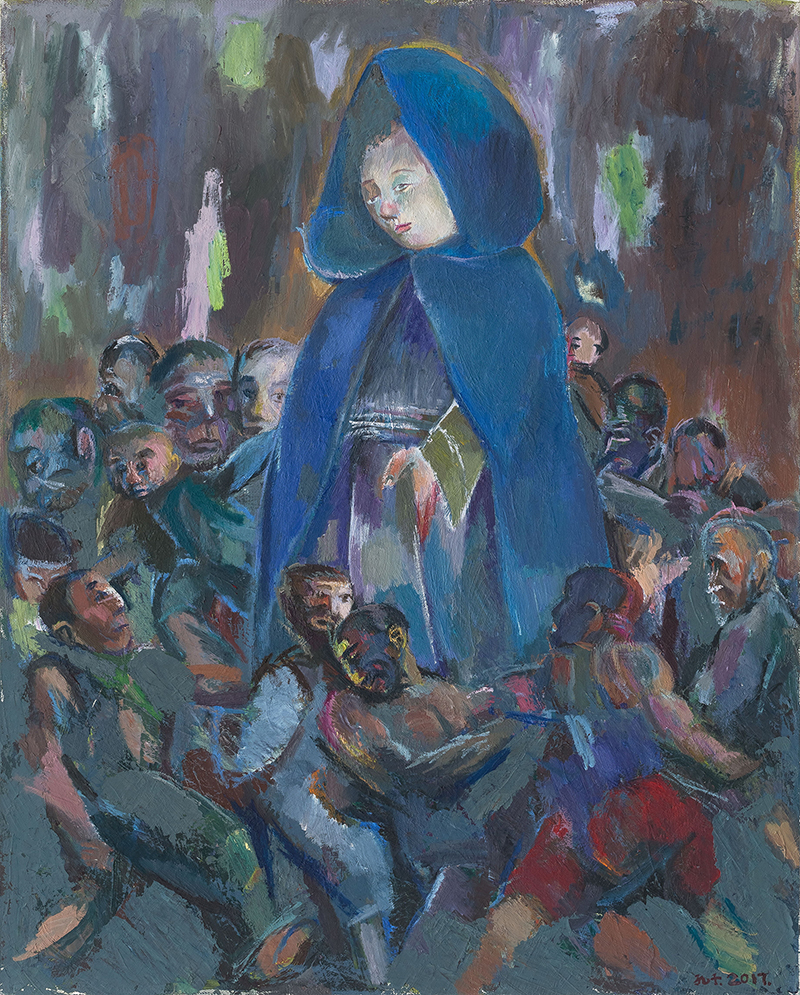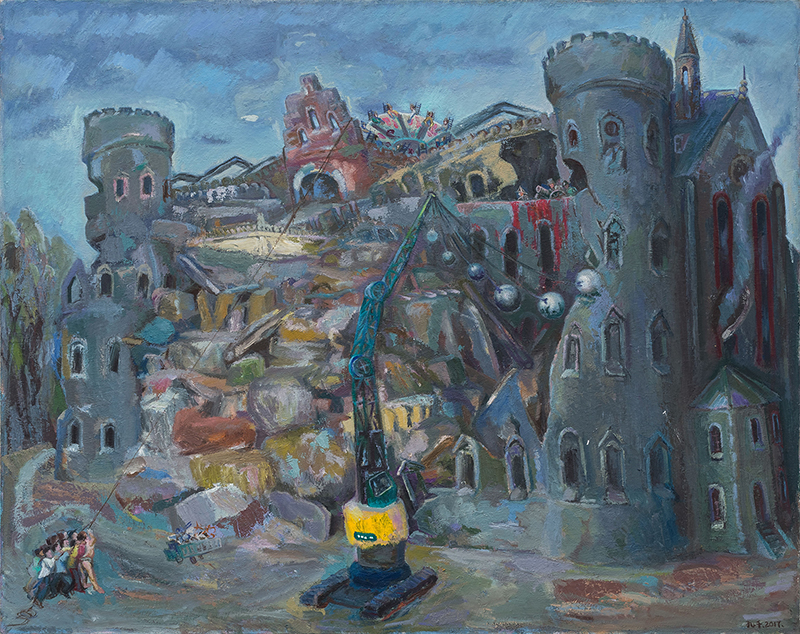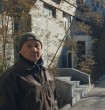- 资质:诚 艺
- 评分:
1分 2分 3分 4分 5分 6分 7分 8分 9分 10分 8.4分
- 印象:
- 经营时间:17年
- 展厅面积:
- 地 区:北京-朝阳
津门世变:孔千个展
- 展览时间:2017-12-09 - 2018-01-20
- 展览城市:北京-朝阳
- 展览地点:酒仙桥路4号798艺术区E06
- 策 展 人:王鹏杰
- 参展人员:
展览介绍
津门世变:孔千个展
Jinmen in Evolution: Kong Qian Solo Exhibition
新闻稿
Press Release
艺术家| Artist:孔千| Kong Qian
策展人|Curator:王鹏杰| Wang Pengjie
开幕时间 | Opening:2017.12.09 16: 00
展览时间 | Exhibition Dates:12.09.2017 - 1.20.2018
地点|Venue:
蜂巢(北京)当代艺术中心| Hive Center for Contemporary Art (Beijing)
地址|Add.
北京市酒仙桥路4号798艺术区E06 |
E06, 798 Art Distrct, Chaoyang Distrct, Beijing, China
蜂巢当代艺术中心荣幸地宣布将于2017年12月9日推出艺术家孔千的最新个展“津门世变”,这是继2016年“不合时宜:孔千绘画三十年(1983-2016)”大型回顾展之后对艺术家近年创作的集中呈现。此次展览由王鹏杰担纲策划,将展出至2018年1月20日。
孔千,祖籍山东,1956年出生于天津。他的近作将天津的现代史与风物名迹作为描绘的中心,通过对天津这座城市近代及现代化历程的追述和想象,构建了一套关于中国现代性起源及演进的视觉叙事,既包含植根于中国历史与现实的普遍性议题,也深深地打上了孔千个人感性的烙印。天津,是中国现代化历程的一个标本性的存在,是高度浓缩百年风云变幻的文化场,一百多年来,中西、土洋、新旧、强弱等多种二元冲突-融合在此地发生着。建筑凝聚了这座城市的荣辱沧桑,更重要的是反映了中国现代化道路的独特进程,孔千绘画中涉及的建筑与风景,正是20世纪以来天津人生活世界的轴心,亦是公众意识、话语被制造和散播的中心,这是关于政治、文化的观念化风景图像。
孔千几十年来形成的绘画意识在近期新作中出现了一些变化,他像以前一样对任何形象都倾力塑造,甚至不放过任何一个明显的局部形状和色彩,画面的整体氛围仍总是笼罩着异色,叙事总是荒诞神秘,画家仍大胆拉扯画面的空间感和透视感,笔触强悍执拗。同时,他在色彩方面做了新尝试,提升了色调的复杂性和多样性,色相更加细腻丰富,补色的运用更明显,颇有些印象派作风。显然,孔千在这些绘画中有意尝试解决他心中徘徊已久的色彩问题,在他看来,无论是对形的研究,还是对色彩的表现,都是画家的关键技能,皆构成绘画质量的基础,他过去的色彩作风更倾向主观的表现主义方法,而近期则试图在精神化的大基调中去把握微观的色彩关系。
他以顽强态度同时处理绘画本体问题和表达问题。在他笔下,天津的景观与历史纠缠不清,在整体上构成了关于中国现代性演变的视觉样本,连接了往昔与当下的内在时空关系,启蒙与革命在天津交替上演,外来的冲击与本土的固守也不断在这些画面中拉锯、冲突、中和。他的画笔与感性围绕这些“名迹”的传奇展开个人化想象,真假虚实在历史重述中难分难解,过往时代不再是纵向连续的历时逻辑,而是像同时性的片段在当下的混沌时刻多重交叠,增加了我们感知现实-历史的可能性,更重要的是,这些启示与体验不仅关乎天津的地方史,更是对中国现代化进程极端复杂、矛盾的感性逻辑的揭示。
Hive Center for Contemporary Art (Beijing) is honored to announce the opening of Jinmen in Evolution: Kong Qian Solo Exhibition on Dec. 9, 2017. It’s Kong’s second show held in Hive after his retrospective exhibition Off Time: Thirty Years of Paintings by Kong Qian (1983-2016) last year. Curated by Wang Pengjie, the exhibition will continue until Jan. 20, 2018.
Born in 1956 in Tianjin, Kong Qian's most recent artworks center around the depiction of the modern history of Tianjin, as well as scenic spots and historical sites of the city. Through probing and imagining the city’s recent history and modernization, Kong Qian constructs a visual narrative of the origins and evolution of Chinese modernity, one which encompasses universal themes rooted in China’s history but is also indelibly stamped with Kong Qian's unique sensibility. Tianjin exists as a specimen of the progression of China's modernization, a microcosm encapsulating the cultural scene of a century of change. For over a century, the clashes and fusions between such dichotomies as East and West, native and foreign, new and old, strong and weak, played out in this place. Architecture brings together the glories and shames, the rises and falls of the city, but more importantly, it reflects the unique progression of China’s modernization path. The architecture and scenes in Kong Qian's painting are the very axes of Tianjin life since the 20th century, the center from which public awareness and discourse have been produced and disseminated. These are conceptualized images of the political and cultural landscape.
In recent paintings, certain changes have emerged in the painting mentality Kong Qian has been building for decades. Like before, he expends a great deal of effort on forming every shape, leaving no detail untouched. The overall atmosphere is still shrouded in strange hues, and the narrative is still absurd and mysterious. The artist is still bold in warping the sense of space and perspective, and his brushwork is still forceful and stubborn. At the same time, he has also been carrying out some new experiments in color which heighten the chromatic complexity and diversity. The colors are richer and more refined, with more visible use of complementary colors, giving his work an Impressionist touch. Evidently, Kong Qian is consciously working to resolve the color problems that have bothered him for so long. For him, research into shape and expression of color are core techniques for any painter, the basis for quality in painting. In the past, he had a more subjective, Expressionist color style, and now he is striving to gain a more microscopic grasp of chromatic relationships within an overall psychological tone.
Kong Qian is holding a rather stubborn attitude paired with his approach to an expression of essential issues in painting. Under his brush, the scenery and history of Tianjin are tangled together to form a visual specimen of China’s modern evolution, linking past and present time and space, with enlightenment and revolution taking turns on the stage of Tianjin, and the external and local stubbornly struggling, fighting and compromising. Kong Qian's brushwork and sensibility spool out an individualized imagination around these “famous sites.” In this historical retelling, it becomes difficult to tell true from false, real from fabricated. The past era no longer moves forward in a connected, linear logic, but in a synchronous array of fragments interwoven with the chaos of the present, which heightens our perception of the possibilities in reality and history. More importantly, these insights and experiences are more than just a local history of Tianjin, as they reveal the extremely chaotic and contradictory emotional logic to China’s modern progression.

 黄琦
黄琦 测试用艺术
测试用艺术